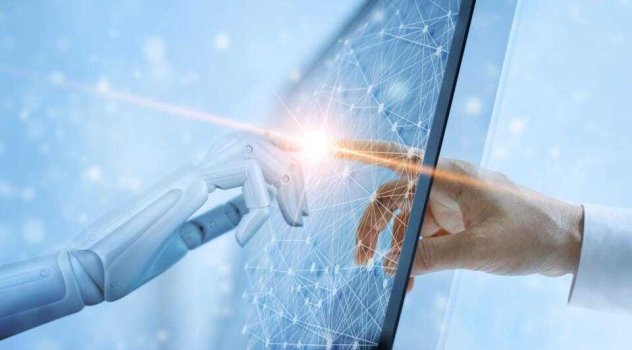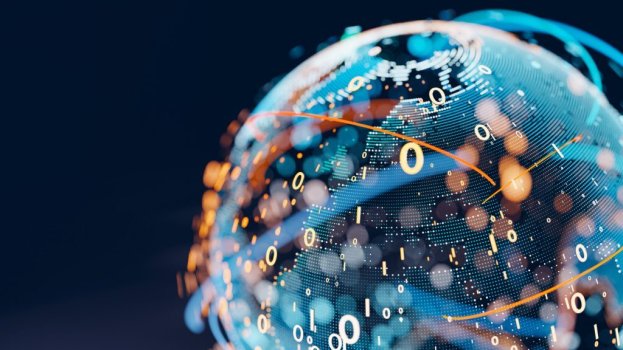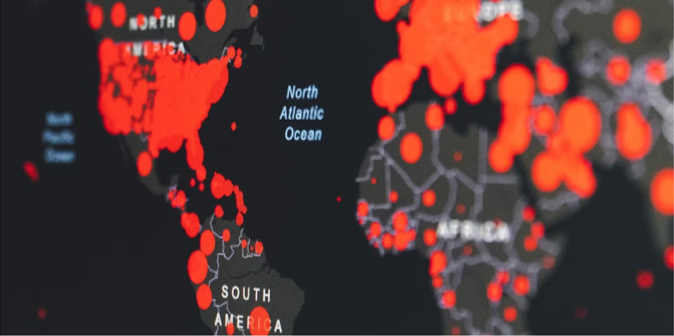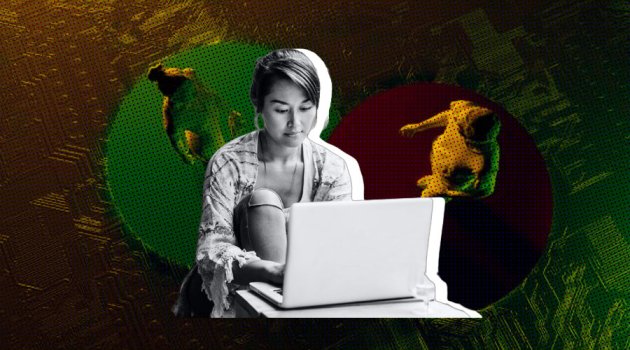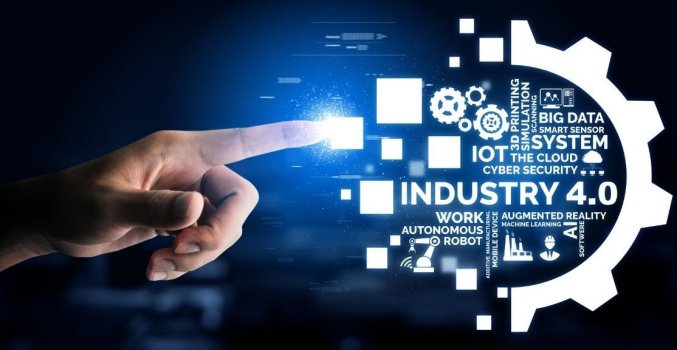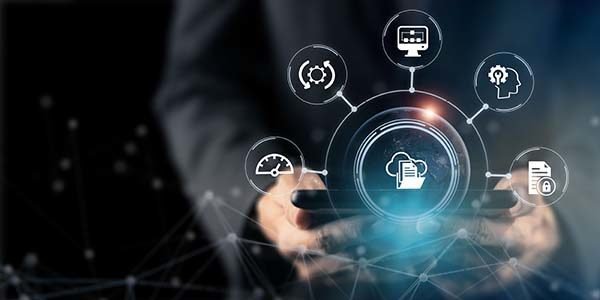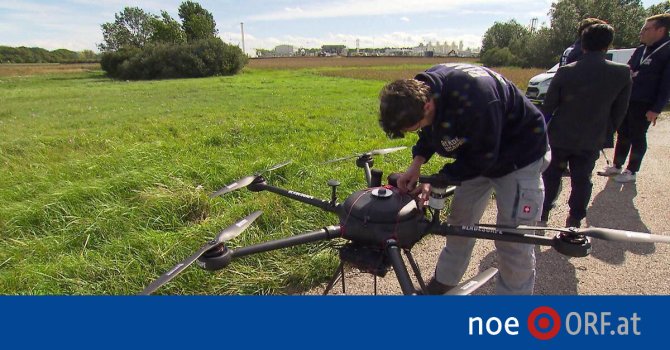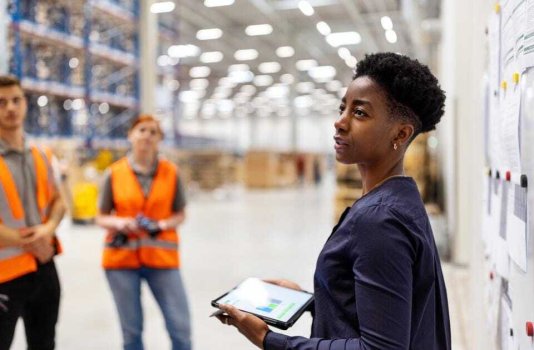Using generative AI for business growth
- Technology Solutions
- 0 Replies
Artificial intelligence (AI) is a revolutionary technology disrupting virtually every sector of the economy, from manufacturing and retail to sports and entertainment.
The average consumer may not know that AI is all around them.
Companies can use AI to curate users’ social media feeds, make new drug discoveries, power digital voice assistants, and allow smartphone owners to unlock their phones with facial recognition.
One specific type of AI – generative AI – is an advancement in AI that holds great promise.
Take a deeper look at generative AI, examples of its common applications, and how it can drive growth for businesses of all types and sizes.
What is generative AI, and how does it differ from conventional AI?
In conventional AI models, algorithms classify, organize, or reason about the data it receives.
On the other hand, generative AI algorithms can create data using models from the real world to synthesize text, code, photos, videos, and sounds that often look highly realistic to the average person.
A generative AI model can detect the original pattern entered into the input and generate creative, authentic results highlighting training data features.
After the model identifies the fundamental properties of the input data, it uses a generative adversarial network (GAN), a variational autoencoder (VAE), or a transformer to produce the most accurate outcomes.
Generative AI models create synthetic personalities or presences, which must pass the Turing test.
This assessment determines whether a machine can engage in conversation with a human without being recognized as a machine.
If data from a generative AI model passes the Turing test, it demonstrates human intelligence.
Generative AI use cases
Generative AI is often associated with deep fakes, popular on social media and other online platforms. However, it’s playing an increasingly important role in various industrial applications.
Most of the time, generative models support various content creation activities. For example, movie makers could use generative AI for a few reasons, including filling narrative gaps in the plot or even carrying the entire storyline.
News organizations also use generative AI models to create stories about current events and financial or sports reports.
Continue reading: https://knowtechie.com/using-generative-ai-for-business-growth/
The average consumer may not know that AI is all around them.
Companies can use AI to curate users’ social media feeds, make new drug discoveries, power digital voice assistants, and allow smartphone owners to unlock their phones with facial recognition.
One specific type of AI – generative AI – is an advancement in AI that holds great promise.
Take a deeper look at generative AI, examples of its common applications, and how it can drive growth for businesses of all types and sizes.
What is generative AI, and how does it differ from conventional AI?
In conventional AI models, algorithms classify, organize, or reason about the data it receives.
On the other hand, generative AI algorithms can create data using models from the real world to synthesize text, code, photos, videos, and sounds that often look highly realistic to the average person.
A generative AI model can detect the original pattern entered into the input and generate creative, authentic results highlighting training data features.
After the model identifies the fundamental properties of the input data, it uses a generative adversarial network (GAN), a variational autoencoder (VAE), or a transformer to produce the most accurate outcomes.
Generative AI models create synthetic personalities or presences, which must pass the Turing test.
This assessment determines whether a machine can engage in conversation with a human without being recognized as a machine.
If data from a generative AI model passes the Turing test, it demonstrates human intelligence.
Generative AI use cases
Generative AI is often associated with deep fakes, popular on social media and other online platforms. However, it’s playing an increasingly important role in various industrial applications.
Most of the time, generative models support various content creation activities. For example, movie makers could use generative AI for a few reasons, including filling narrative gaps in the plot or even carrying the entire storyline.
News organizations also use generative AI models to create stories about current events and financial or sports reports.
Continue reading: https://knowtechie.com/using-generative-ai-for-business-growth/



